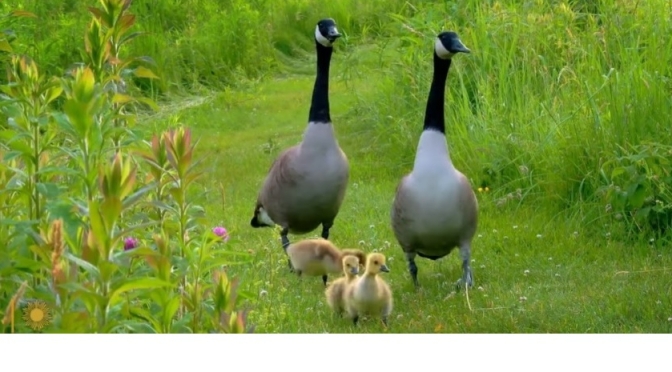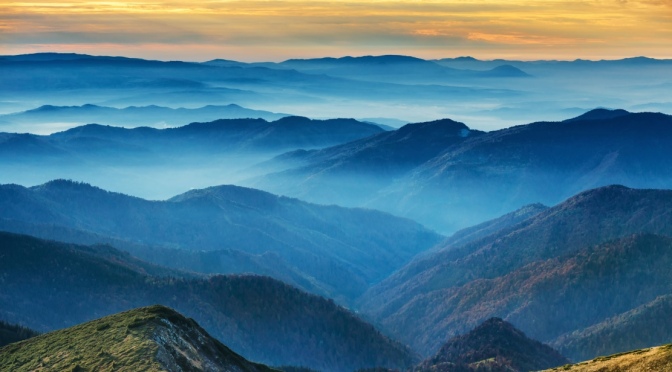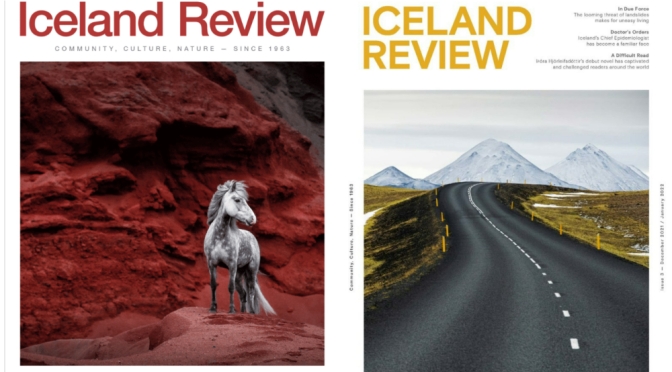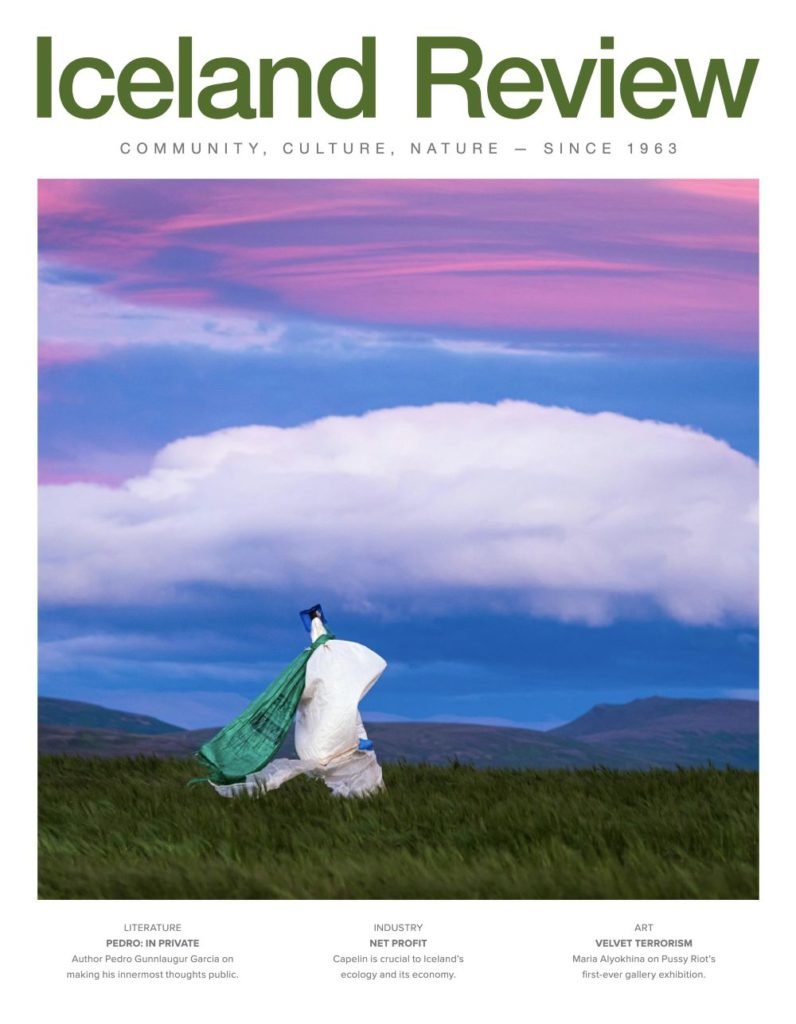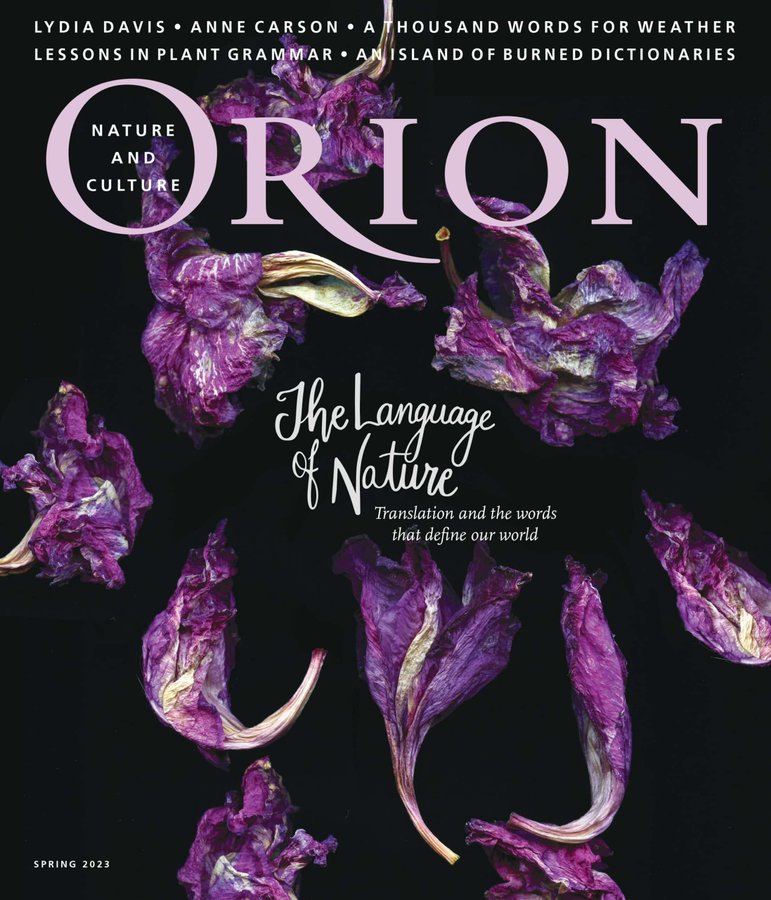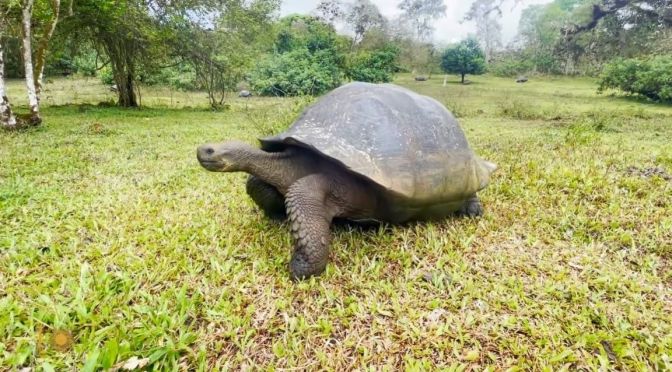CBS Sunday Morning (April 23, 2023) – Geese and goslings gallivanting in the green grasses near Princeton, Massachusetts. Videographer: Doug Jensen.
Category Archives: Nature
Ocean Views: Predators Of The World’s Coral Reefs
Smithsonian Channel (April 15, 2023) – From Lionfish to Peacock Mantis Shrimp, here’s a look at some of the reef’s fiercest predators from ‘Castro’s Secret Reef,’ Deadly Australians: Oceans and Beaches,’ ‘Great Blue Wild: Indonesia,’ and ‘David Attenborough’s Great Barrier Reef.’
Nature: The Hummingbird Effect In Costa Rica (PBS)
Nature on PBS (April 12, 2023) – Discover how tiny hummingbirds influence their many flowering kingdoms and their ripple effects on macaws, quetzals, monkeys, tapirs and more. Set in the exotic landscapes of Costa Rica.
Costa Rica’s motto is Pura Vida – Pure Life – and this deceptively small country is bursting with some of the most spectacular wildlife and pristine ecosystems in the world. All this diversity thrives, in part, thanks to one surprising little creature: hummingbirds.
Venture across Costa Rica’s wild and rugged landscapes, from volcanic peaks to coastal jungle to misty cloud forests, and discover the nation’s dazzling diversity of hummingbirds. There are more than 50 species of hummingbirds here, and they play an outsize role in maintaining some of the richest and wildest environments on Earth.
The Hummingbird Effect premiered on April 12, 2023.
Wonderlands: The Blue Mountains Of Australia
Into the Wild Films (April 11, 2023) – Just 50km west of Sydney Australia, is the spectacular natural wonderland of the Greater Blue Mountains. Known best for the Three Sisters, Echo Point, Scenic World and Wentworth Falls, this documentary explores the natural wonders hidden beyond these grand panoramas.
From the incredible display of the Superb Lyrebird to the underwater world of the Sydney Spiny Crayfish. Descend into its deep dark slot canyons before flying like a bird over the Blue Gum Forest. Discover its rare and ancient Wollemi Pines and explore its mysterious sandstone pagoda landscapes. Witness temperature inversions creating seas of clouds before marveling at the carnivorous plants that inhabit the sheer cliff faces. This is the Blue Mountains as you’ve never seen it before.
Conservation: Protecting Grey Seals At Blakeney Nature Reserve, England
National Trust (April 10, 2023) – In this episode of The Wild Life, a new series of nature films from the National Trust, presenter Gemma Hunt discovers how the charity’s rangers are doing all they can to protect wildlife at Blakeney National Nature Reserve in Norfolk.
With an introduction from Julia Bradbury, this film will transport you to the four-mile-long shingle spit of Blakeney Point, cared for by the National Trust. The spit provides protection for Blakeney Harbour and the surrounding salt marshes are home to a vast array of wildlife. Blakeney Point is also home to England’s largest grey seal colony, over-wintering wildfowl and summer-breeding terns.
Join Gemma as she meets the National Trust rangers who work around the clock to care for this stretch of coastline, which is loved by walkers, sightseers and wildlife enthusiasts. You’ll meet ranger Duncan Halpin who spends seven months of the year living in a remote lifeboat house. During this time, he monitors the seal pups and makes sure endangered birds such as little terns have safe places to nest.
Nature: The Changing Seasons At Niagara Falls
Nature on PBS (April 6, 2023) – From fall to winter, watch as Niagara Falls transforms with the seasons. “Niagara Falls“ premieres April 19, 2023, at 8|7c on PBS.
America’s oldest state park, open 365 days a year, 24 hours a day, brings you closer than you ever thought possible to the grandeur of the Falls. Niagara Falls State Park is always the trip of a lifetime — any time of the year — making it “a park for all seasons.”
Preview: Iceland Review Magazine – April/May 2023

ICELAND REVIEW MAGAZINE (APRIL/MAY 2023):
The Dip

FICTION the dip by Örvar Smárason
When my fingers started falling off, it became harder and harder to put my
From the Archive: The Changing Face of Iceland

From the archive: In this 1971 article from Iceland Review,
Haraldur Sigurðsson delves into the history of Icelandic cartography. Note
Frost

Individually, snowflakes are fragile, easily broken, dissolving into droplets of water at the mere touch of a finger or a breath of air, while en masse, they’re capable of wreaking havoc on the city streets and causing catastrophe when avalanching down a mountainside.
Views: Bison In Antelope Island State Park, Utah
CBS Sunday Morning (April 2, 2023) – We leave you this Sunday morning with Bison still enjoying the snow at Utah’s Antelope Island. Videographer: Lee McEachern.
Antelope Island State Park in Utah is home to free-ranging bison, mule deer, bighorn sheep, pronghorn (antelope), and many other desert animals. Millions of birds congregate along the shores surrounding the island, offering unparalleled opportunities for birding. Year-round Interpretive opportunities round out the Antelope Island experience.
Nature & The Arts: Orion Magazine – Spring 2023

Orion Magazine (Spring 2023) – THIS ISSUE features exclusively works in or about translation, engaging with over twenty-five languages across six continents.
Moving the Saints
Passages from a deconstructed homeland

The Northern Mariana Islands lie in a crescent moon south-southeast of Japan. At the lower point is Guåhan, also known as Guam, an island that is geologically part of the same volcanic chain but that set itself apart by becoming an unincorporated U.S. territory instead of remaining part of the Commonwealth.
Corporeal River
On a body filled by the Amazon

BANZEIRO—THIS IS WHAT THE PEOPLE of the Xingu call places where the river grows savage. Where, if you’re lucky, you can make it through; where, if you’re not, you can’t. It is a place of danger between where you’re coming from and where you want to go.
10 Beautiful Books in or About Translation
Our Spring 2023 issue speaks to the language of nature and features works in or about translation. Here, Orion staffers and friends pulled together a list of their favorite fiction and nonfiction books that in some way reflect this literature of etymology.
THE BLUE FOX SJÓN
TRANSLATED BY VICTORIA CRIBB
Farrar, Straus and Giroux
This slim fantastical novel reads like an incantation. Set in rural late-19th century Iceland, its braided, lyrical, fugue-like narrative is tender and electric. Here we find a cruel priest named after a monster, trapped in an ice cave, raving at a dead fox. But too, a kindly herbalist burying his friend with her feather collection—a young woman with Down syndrome who spoke a language of her own—who he rescued from an unthinkable fate. This was my first encounter reading Sjón, who is apparently so big in his home country he doesn’t need a last name, but the book’s otherworldliness made perfect sense when I learned he writes lyrics for Björk. This one will haunt me for a while.
Why Fish Don’t Exist: A Story of Loss, Love, and the Hidden Order of Life
By LULU MILLER
Simon and Schuster
In Lulu Miller’s Why Fish Don’t Exist, naming becomes an imposition, an attempt at order and, sometimes, hierarchy. In this book—part memoir, part biography—Miller is searching for a reason to keep living, a sense of order in a chaotic world, and she does so by looking to a taxonomist who spent his life naming the creatures under the sea: David Starr Jordan.
Ecuador Views: Tortoises In The Galápagos Islands
CBS Sunday Morning (March 19, 2023) – We leave you this Sunday with giant tortoises on Santa Cruz Island, in Ecuador’s Galápagos National Park. Videographer: Alan Golds.
There are 13 living species of Galápagos tortoises, which are also sometimes called giant tortoises. These reptiles are among the longest-lived of all land vertebrates, averaging more than a hundred years. The oldest on record lived to be 175. They are also the world’s largest tortoises, with some specimens exceeding five feet in length and reaching more than 500 pounds.
Giant tortoises were once so abundant on the Galápagos archipelago off Ecuador that the Spanish sailors who explored the region in 1535 named the string of islands for them. (The Spanish word for tortoise is galápago.) Although the islands were once thought to be home to at least 250,000 tortoises, only about 15,000 remain in the wild today.

